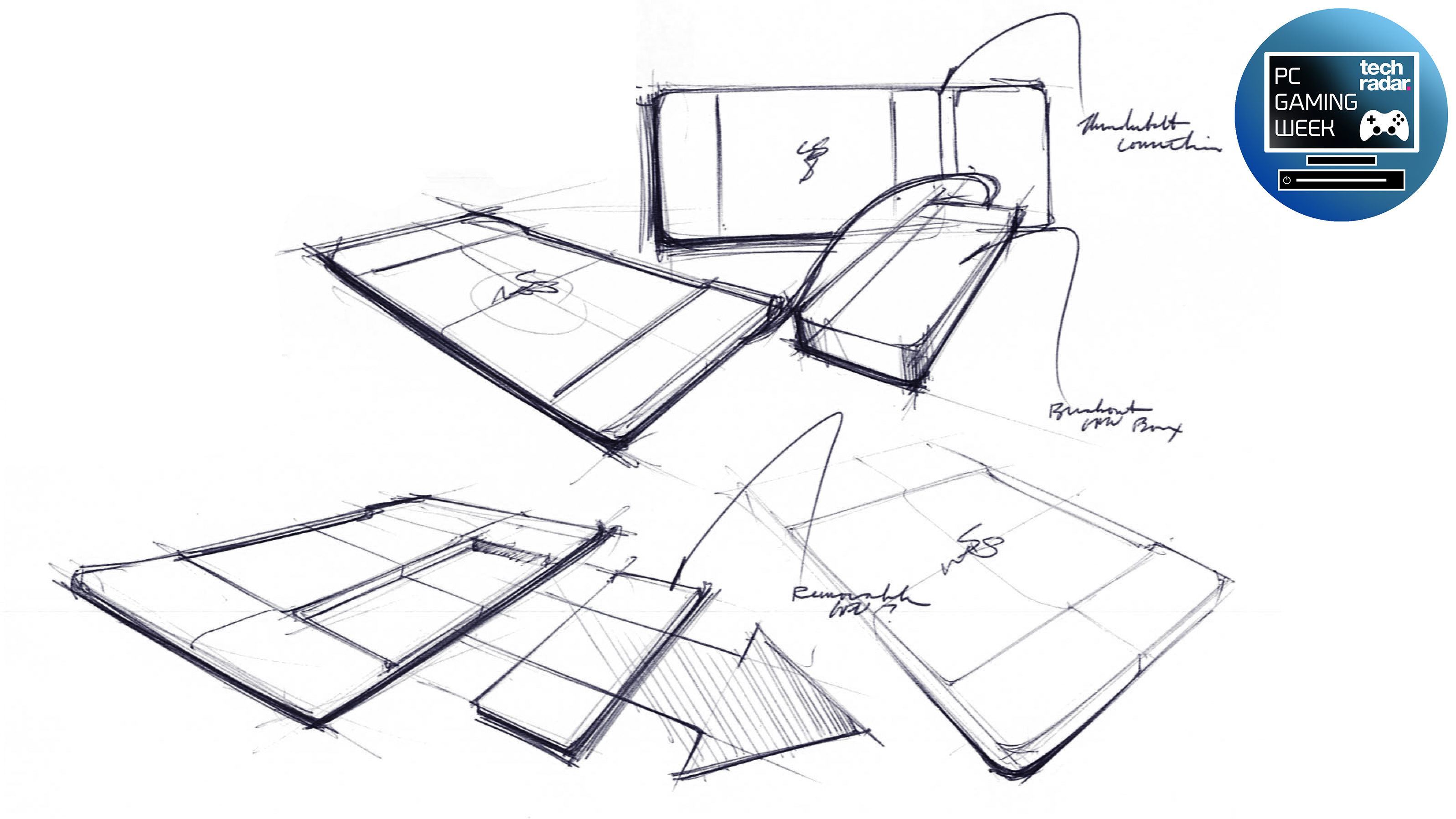
Razer is still a relatively new player in the laptop and desktop world, but in spite of its five year career, the gaming hardware maker has already introduced 20 systems.
It all started with the first Razer Blade, introduced in August 2011 as a 17-inch gaming laptop equipped with just 8GB of memory and Nvidia GT 555M graphics.
Fast forward to today, and Razer’s 17-inch system now features Nvidia GTX 1080 graphics and a mechanical keyboard in an even thinner package. Beyond that, Razer has introduced a 14-inch model as well as 12.5-inch Ultrabook version.
We caught up Razer’s Director of Design, Stephane Blanchard, and Director of Product Marketing, Kevin Sather, to discuss the Razer Blade’s growth across five years and 20 systems shipped.
- But did Razer design any of the best laptops for students?
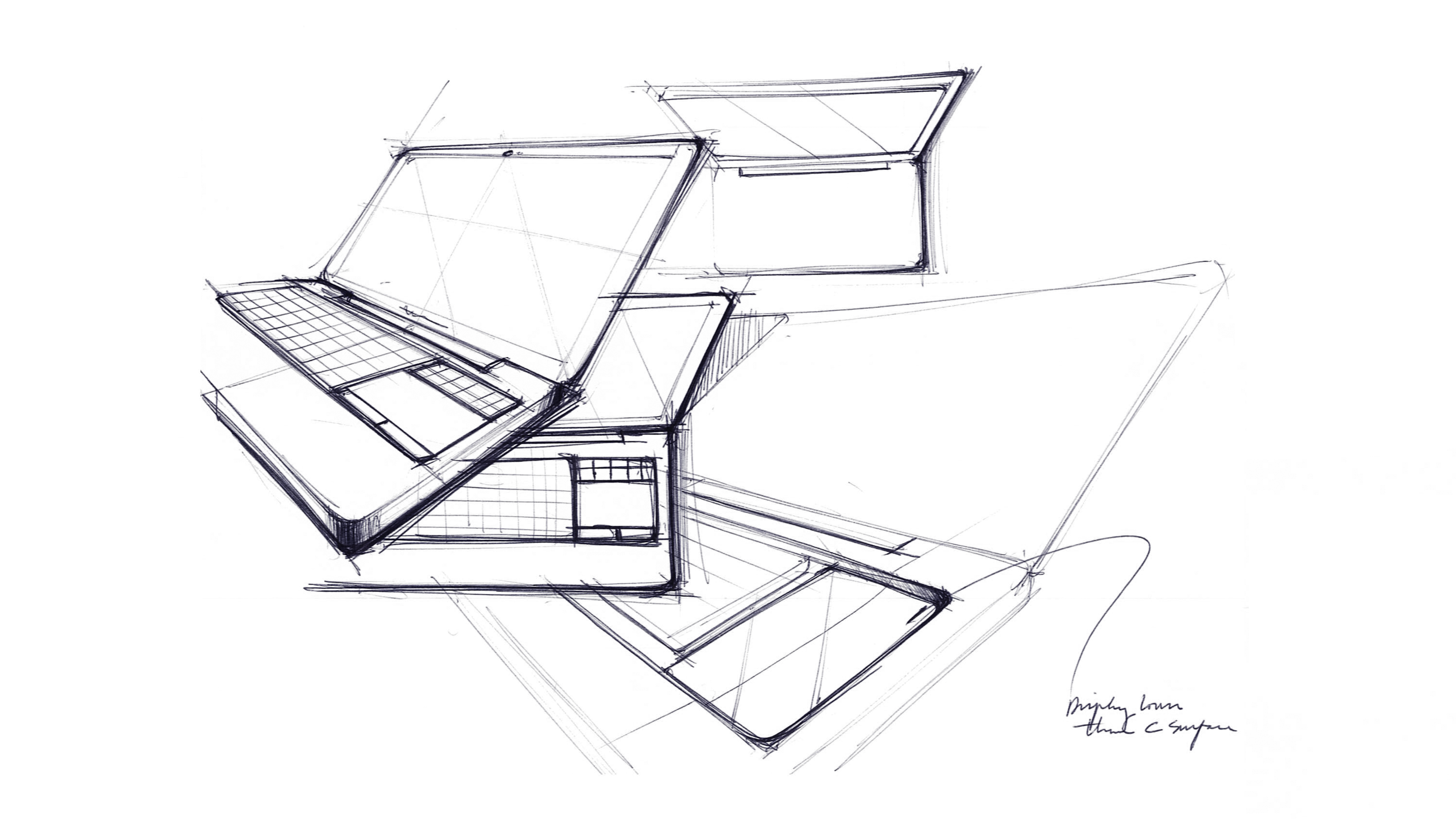
TechRadar: What are some of your biggest takeaways from designing 20 laptops in the last five years?
Stephane Blanchard: I think, for me, the biggest takeaway has been that we were right to offer this kind of product. It wasn’t really obvious back then, because the industry was going in a different direction. There were powerful and thick machines. On the other hand, there was the opposite direction with really portable laptops, made to look slick but were underpowered.
We had this vision to say we can do it better and we really thought that making a laptop that can be powerful and sexy at the same time was possible. It was something that we really kept doing for five years and in the same direction. We started with just a 17-inch, pretty large form factor, and we basically kept making it better and introduced some new products to the family.
Get daily insight, inspiration and deals in your inbox
Sign up for breaking news, reviews, opinion, top tech deals, and more.
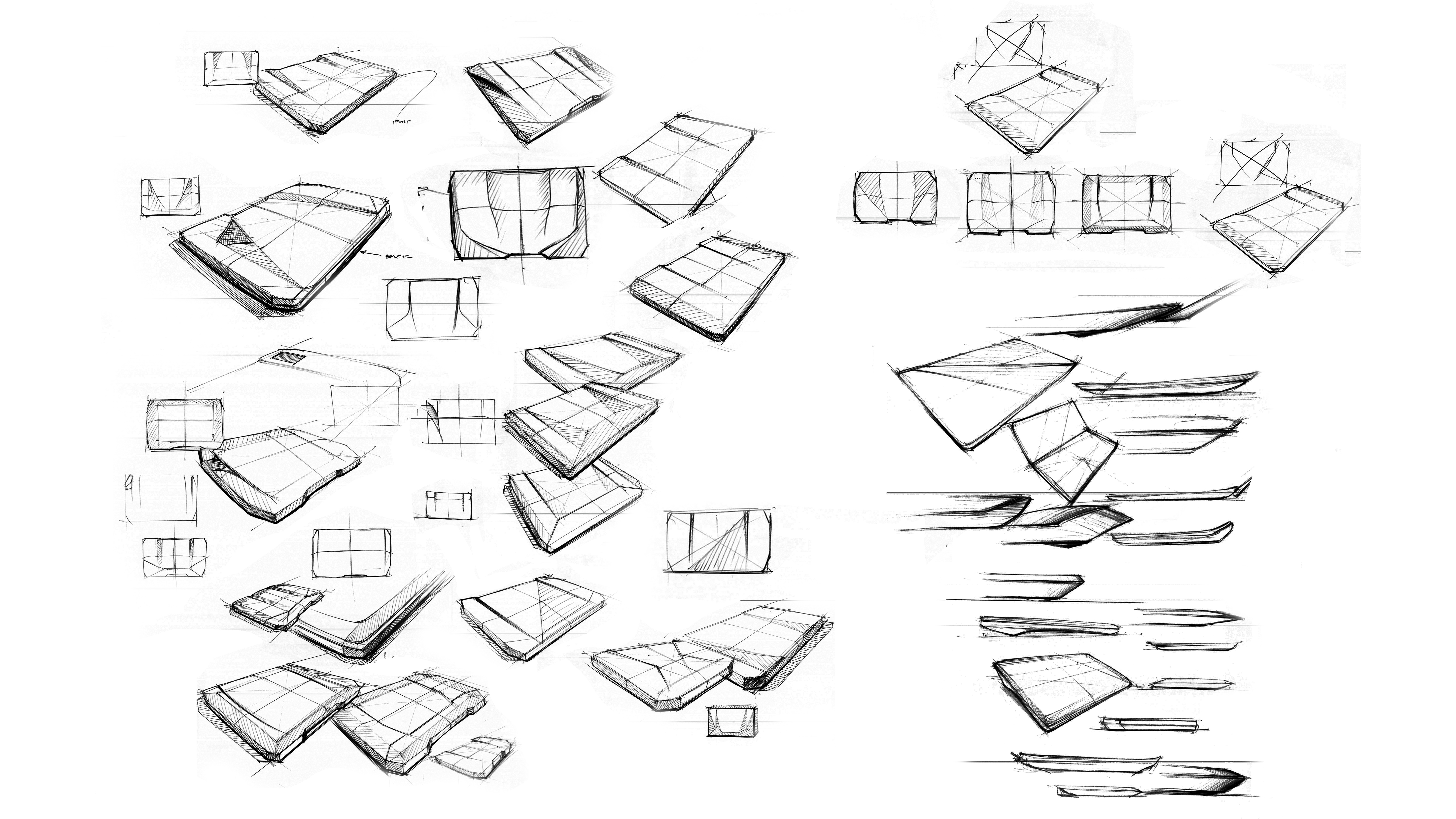
TR: Externally, it doesn't seem like a lot about the Razer laptop design has changed, are we wrong about this?
SB: I wouldn’t say you’re wrong about that, they don’t look very different, but there’s a very good reason for that. Five-six years ago, we launched our first gaming laptop, nobody knew Razer except on the peripheral side of the gaming business.
We had to start building our brand, and we have a very strong design language that was coming from the peripheral side. We really had to make sure that what we could do when we started with a large 17-inch form-factor could also work all the way down to the Blade Stealth as a 12.5-inch Ultrabook.
Even if we showed something that we released five years ago, we had to work ahead of that, to plan ahead, ‘okay this is the vision and direction we want to go in.’ In last five years, we’ve tried to make it better and better and for us everything is under development. There is nothing wrong with the design today, and we’re not the type of company that over-designs their product, because we have a lot of innovation inside.
We try to make it better each time, and what I mean by that is we learned we had to ramp up our production and make sure our devices could be manufactured in a way that is not going to fail. More than learning from mistakes, we learned from making our goal and doing it better.
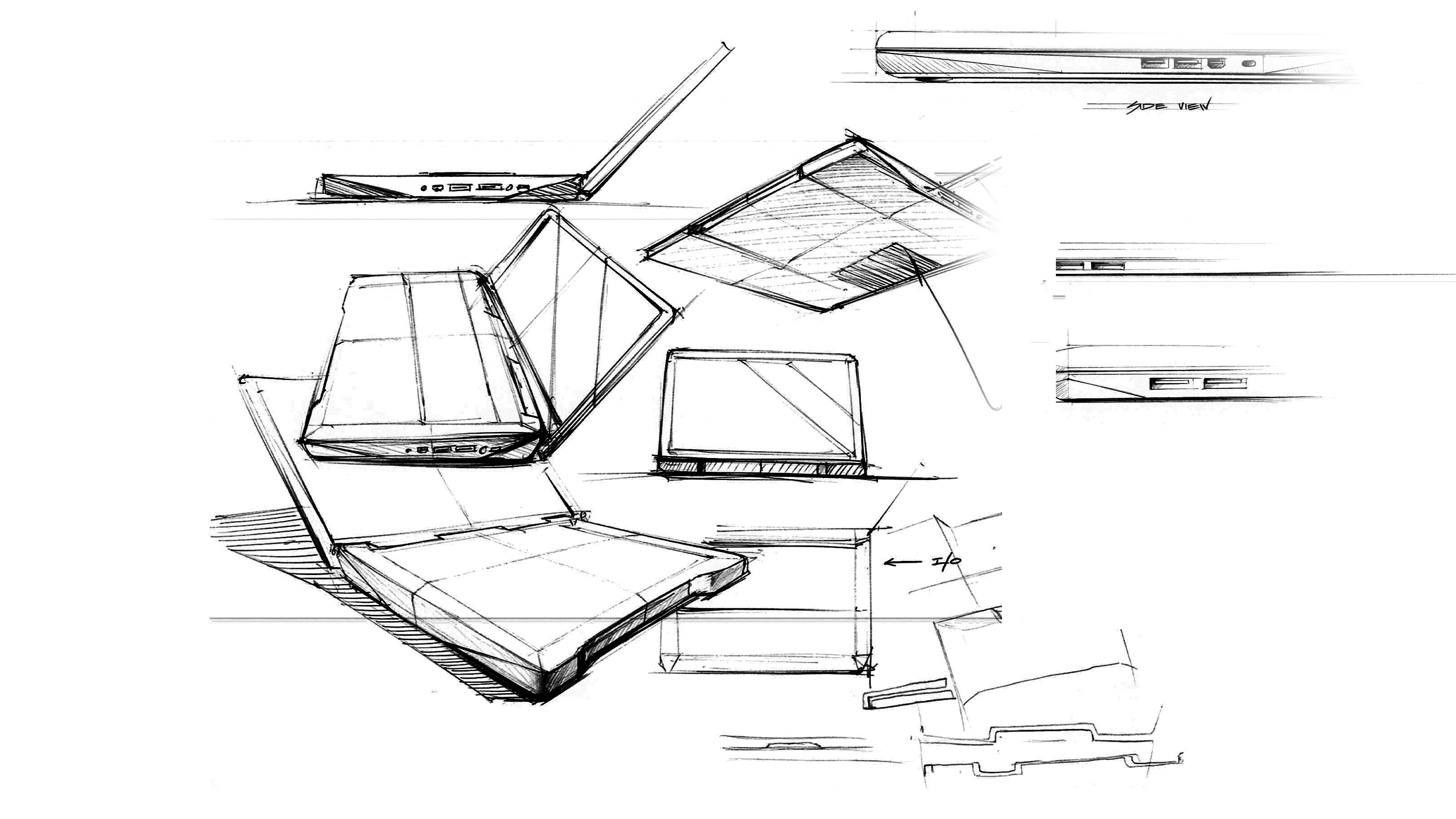
TR: Beyond aesthetics, we know Razer has many proprietary or original parts under the hood of its laptops, such as cooling, layout and materials to name a few. Could you explain their role in the development process?
SB: I don’t think there is anything we haven’t said about it, but I’m a bit more into the details. Of course, the fact that we started from one block of aluminum – it was something no one had done before in the PC market.
[Editor’s Note: This claim depends upon your definition of “PC”, as Apple’s unibody aluminum MacBook Air predates the Razer Blade by about four years.]
No one really dared going in this direction, but for us we knew from the beginning that going in this direction of just starting with a big block of aluminum would really help us in terms of thermal capabilities.
With cooling systems, we were also one of the first to introduce a vapor chamber. For the end user, it sounds cool, but what is it?
Simply explained, it offers much better heat dissipation in a smaller form factor. So, it’s not just like the heat pipes that we used to have on big graphics cards before. The vapor chamber was very thin and just what we needed for the next generation of our systems.
Gaming and thermal capabilities are one thing, but we also had to improve on the keyboard. We had two different paths – because everything is about making it as thin as possible – so on one side, we had a very thin but capable keyboard using membrane technology.
More recently, with the Razer Blade Pro, we introduced the mechanical switches that gamers really love from peripherals like the BlackWidow keyboard. We had to develop our own ultra-low profile keyboard that fit into a laptop that’s thinner than what we offered before.
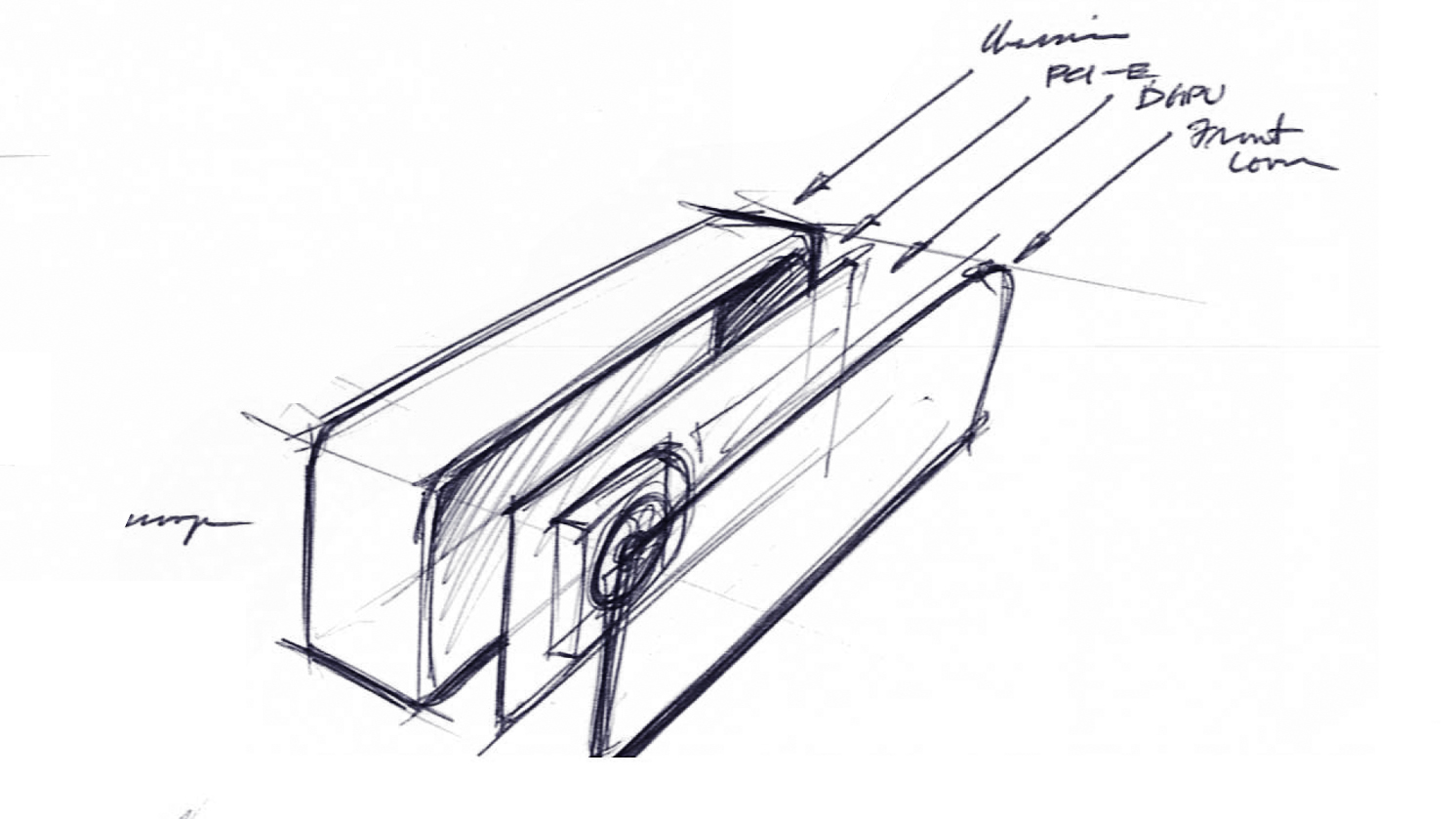
TR: We’ve heard that you guys had dozens and dozens of internal concepts, so what we’re some of them like?
SB: It's true that we're always developing concepts internally, and once-in-a-while, we just decide the product is ready to be shown to the world and we think it’s what the world will be excited to see.
So, that’s what we sometimes showcase at CES and different times of the year, and from there we’ll see what the feedback is like from our fan base and articles.
TR: Over the years, we've seen more and more manufacturers go thinner and lighter, but fail – what’s Razer’s secret?
SB: If it’s a secret, I don’t think I will be able to tell you too much about it (laughter), but I think it’s all about the goal we set for ourselves.
For us, we’re not just out to get the highest specs or the highest number on paper, but we try to make sure that everything works the way it should. We do strive for that, of course, but at the end of the day it’s really about the user experience we want them to feel.
I think it’s really because we are gamers ourselves, and we really know what we want. If you think about battery life, for example, it’s not just about making the biggest battery and all the problems will be solved.
No, because there are ways to make sure that all of the systems are optimized. We make sure that, on the software level, we are not hiding any bloatware and making sure the only software we have is really optimized, because it will always be running on the machine.
As a whole, we really look at all these elements and see if we’ve reached our goal to have the best possible battery life and performance. Our goal is to ensure that we are not cutting any corners, because we want to make sure this is the greatest experience for anyone buying and using this kind of machine.
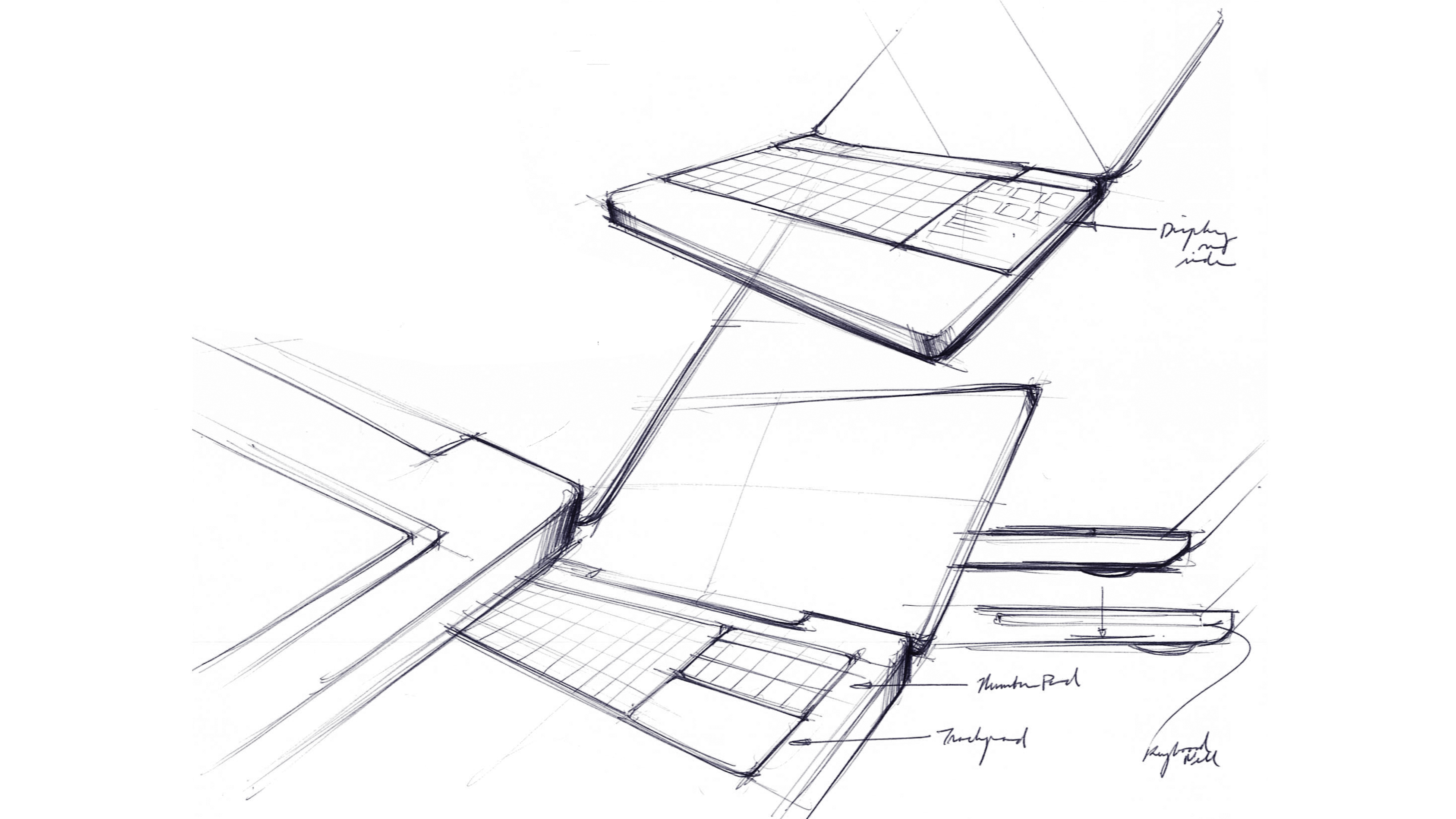
TR: What is one of the things Razer fans are clamoring the most for?
SB: (Laughter) Sometimes, we get some unreasonable requests – actually, I wouldn’t say unreasonable, because I think we want it too, but we know it’s just not possible today.
Truthfully, five years ago when we launched our first gaming laptop, we didn’t think today we would launch a similar form factor with a desktop-capable graphics card today. If they want something even crazier, then I’m sure we could deliver it.
TR: Where do you guys see, or hope to see, Razer in another 5 years?
Kevin Sather: I think what’s been interesting, looking at the next five years, is just going back to the last five years, really seeing how we were really able to cram more power into pretty much the same form factors we launched with the 17-inch and the 14-inch form factors and even down to the Stealth most recently.
I can see us continuing to go down that road of increasing more performance without sacrificing mobility or the design aspect of the notebook. I don’t see us deviating from that direction going forward.
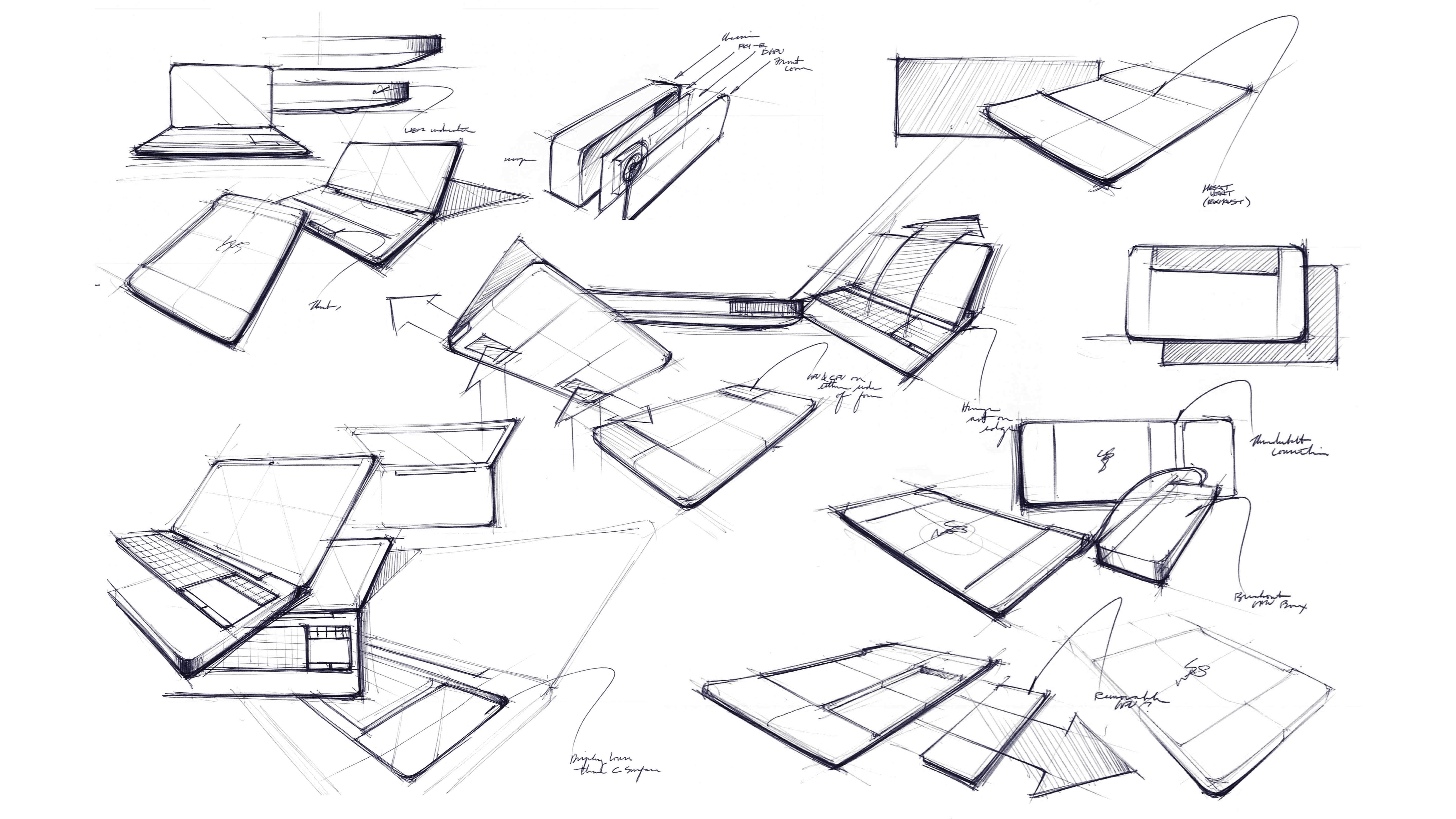
What else I think we’ll do is keep our eyes and ears open and heed the feedback from our most loyal fans that have been with us from the start, but also making sure we bring new people into the brand that can give us a new point of view and feedback on what they’re looking for.
What we’ve seen over the years with our customers is, while they generally enter the brand because of what we can deliver in the gaming performance, we add value to their entire computing life. While they’re using it for gaming primarily, they’re also doing all their other computing tasks with it, because it offers so much power and portability.
I think that’s an interesting area we can go towards as we continue to find out what other interests gamers have and add value to their lives with a computing device.
There is something about listening to demand, but it’s also important for us to come up with something we know no one else can do. What we’re going to do is what no one thought of before.

Welcome to TechRadar's 3rd annual PC Gaming Week, celebrating the almighty gaming PC with in-depth interviews, previews, reviews and features about one of the TechRadar team’s favorite pastimes. Missed a day? Check out our constantly updated hub article to see all of our coverage in one place.
Kevin Lee was a former computing reporter at TechRadar. Kevin is now the SEO Updates Editor at IGN based in New York. He handles all of the best of tech buying guides while also dipping his hand in the entertainment and games evergreen content. Kevin has over eight years of experience in the tech and games publications with previous bylines at Polygon, PC World, and more. Outside of work, Kevin is major movie buff of cult and bad films. He also regularly plays flight & space sim and racing games. IRL he's a fan of archery, axe throwing, and board games.
